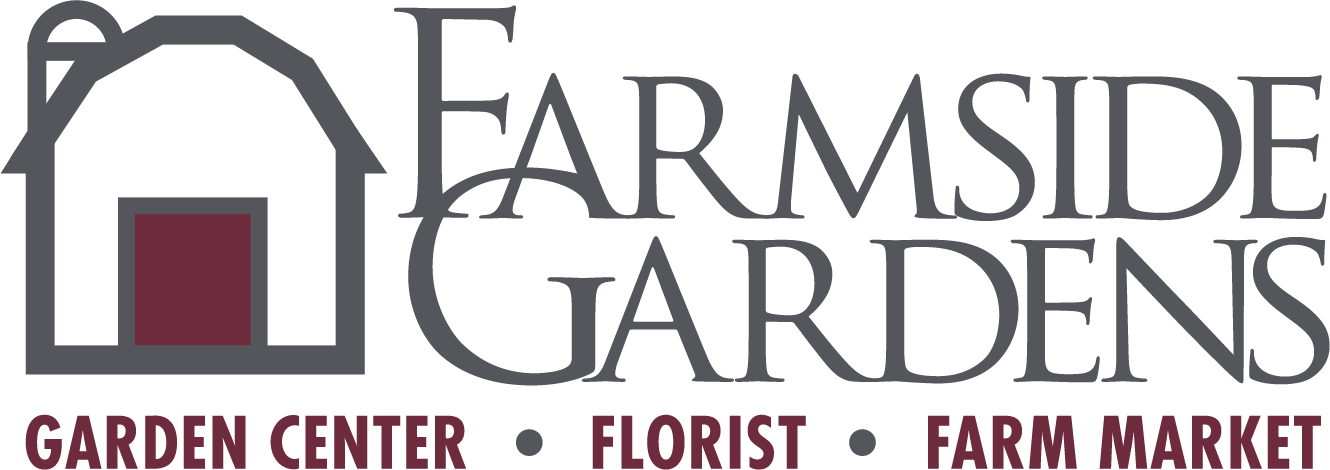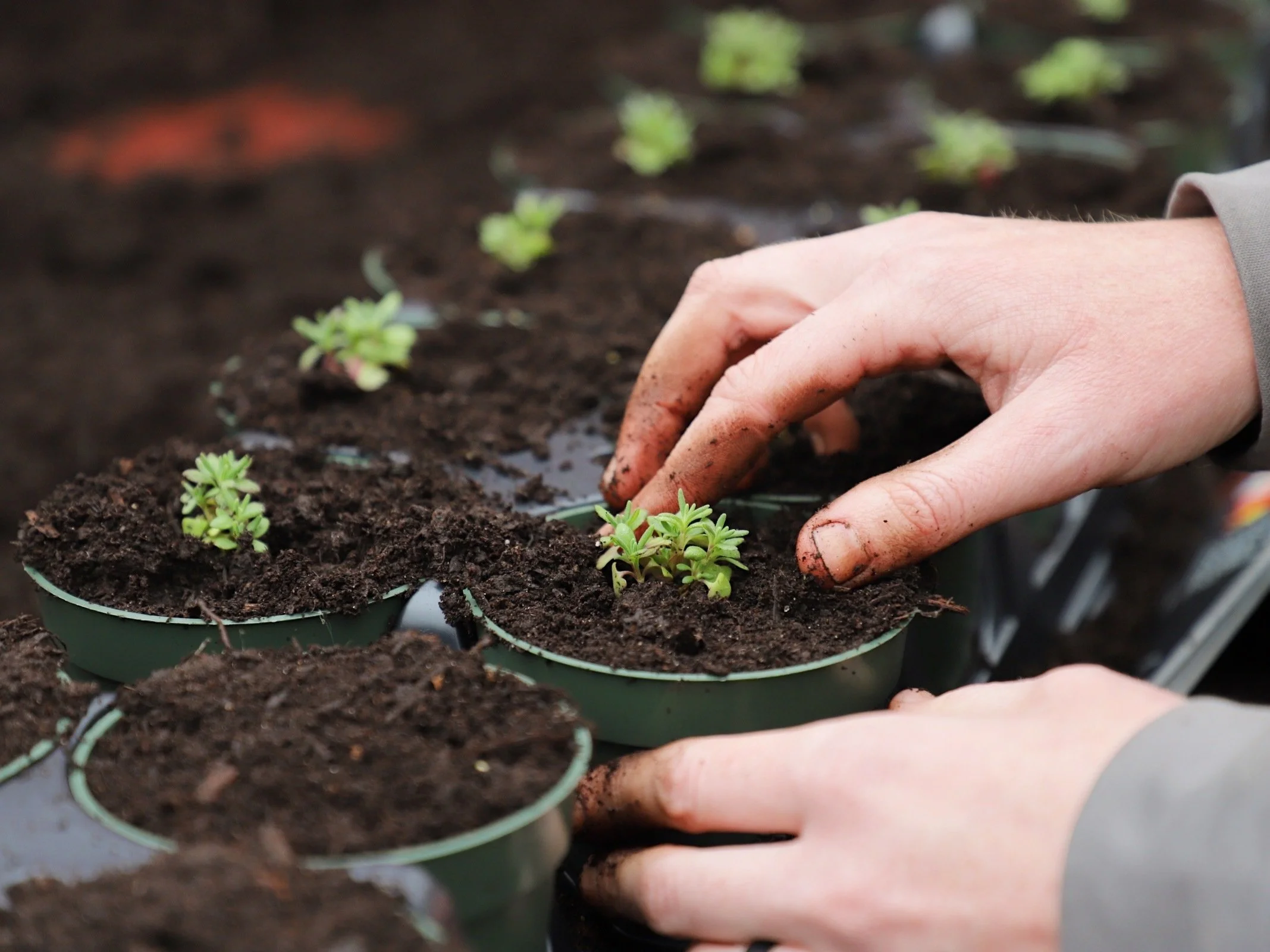How to Prepare your Garden for Summer
Spring is here, and the world is coming to life around us. Trees are blooming, tulips and daffodils are peeking up from the ground, and the air is filled with the promise of warmer weather and longer days. It's the perfect time to start thinking about your summer garden!
Gardening is a great way to connect with nature, reduce stress, and create a beautiful outdoor space to enjoy throughout the summer months, but preparing for the season ahead can be overwhelming, especially if you're not sure where to start.
That's why we've put together this guide! From preparing the soil to selecting the perfect plants for your garden, we'll cover everything you need to know to ensure a successful and bountiful garden this season. So, grab your gloves and let's get started!
Clean up
The first step in preparing your garden for summer is to prepare the soil. Start by removing any dead or decaying plant material from last season. This will help prevent disease and get rid of lingering pests. You’ll also want to remove weeds, rocks, and debris from the soil.
Prepare the Soil
Once you’ve removed any unwanted debris, add organic matter such as compost or aged manure to improve the soil structure and provide essential nutrients for your plants. You can also consider adding a layer of mulch to help retain moisture and suppress weeds. At Farmside, we carry a variety of soils and fertilizers. Visit us and chat with our experts to select the right materials for your garden.
Test your Soil
It can be helpful to test the soil pH to ensure that it is within the optimal range for the plants you want to grow. If the pH is too high or too low, you can adjust it by adding lime or sulfur, respectively. We carry these items in our garden center as well!
Decide What to Grow
When selecting plants for your summer garden, it's important to consider light, soil type, and growth habits. Choose plants that are well-suited to the growing conditions in your garden. Be sure to follow guidelines on seed packets and plants for spacing needs, as well, to avoid an overcrowded garden.
Start Planting
Some plants can be started inside or in a greenhouse to jumpstart growth. Make sure to choose quality seeds and select containers with drainage holes. You’ll also want to be sure to select a good seed starting mix. You can find these supplies at our garden center. Before you plant, make sure you have natural light (or grow lights) to nurture the young seeds before they’re planted outdoors. Of course, starting seeds inside is not for everyone. You can also choose to transplant from our variety at the garden center.
Questions about preparing your garden?
We are here to help! Visit our garden center to talk to our gardening experts about your gardening needs!

